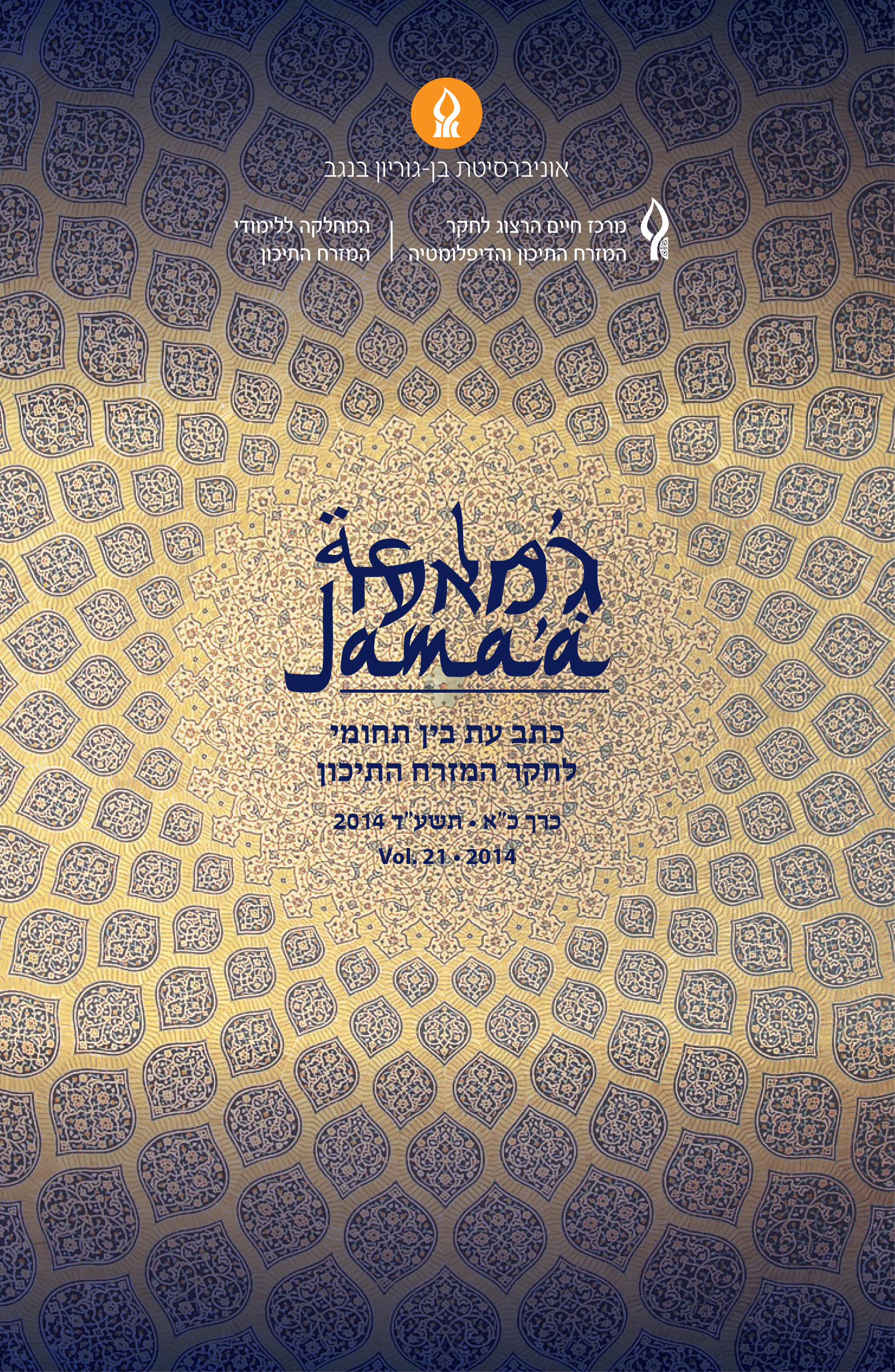زوجو زوجة وابنان
سياسة تنظيم الأسرة في تونس وايران
DOI:
https://doi.org/10.64166/2tcdjk85الملخص
في منتصف سنوات الستين من القرن العشرين معدل عدد أفراد الأسرة في تونس وايران سبعة. هذا الواقع أدى الى كثافة سكانية وإلى مشاكل اقتصادية على المدى القريب والبعيد. لقد كان واضحا لقادة تونس وايران ان مدى تطور الدولة مرتبط بمدى كثافة السكان، لذلك بدأ رئيسا الدولتين بتطبيق )"سياسة تنظيم الأسرة،، بهدف تقليص نسبة الولادة. في إطار هذه السياسة قدموا لمواطني تونس وايران خدمات طبية، تربوية واجتماعية، كما منحوا محفزات للمشتركين في برنامج تنظيم الولادة في المدن والقرى. وبالفعل، السياسة التي انتهجتها قادة تونس وايران على مدى خمسة العقود الاخيرة نجحت في تقليص وتيرة الزيادة السكانية بشكل ملموس، واليوم أصبح معدل الأولاد في الأسرة في تونس اثنان وأقل من ذلك في ايران. هذا المقال يبحث سياسة تنظيم الأسرة في تونس وايران، منذ منصف سنوات الستين حتى العقد الأول من القرن الواحد وعشرين. المقال يتطرق إلى اوجه التشابه والاختلاف في تطبيق هذه السياسة بين الدولتين. الفرضية الرئيسية في هذا المقال انه لا يوجد اختلاف حقيقي في تطبيق هذه السياسة بين الدولتين على الرغم من ان كل دولة منهما سوقت سياستها للجمهور بشكل يتناسب مع ايديولوجية الحزب الحاكم. حكومة تونس ركزت على تحسين ظروف المرأة كجزء من بلورة ، الهوية الوطنية الذاتية وكجزء من مرحلة التحديث، بينما في ايران، وخاصة بعد ثورة 1979 ركز القادة على منح شرعية دينية لسياسة تنظيم الأسرة. هكذا، الحاجة لمواجهة تحديات مماثلة دفع النظام التونسي ”العلماني“ والنظام الثوري ""الاسلامي،، في ايران الى تبني سياسة مشابهة
المراجع
التنزيلات
منشور
إصدار
القسم
الرخصة
الحقوق الفكرية (c) 2014 جماعة

هذا العمل مرخص بموجب Creative Commons Attribution-NonCommercial 4.0 International License.





